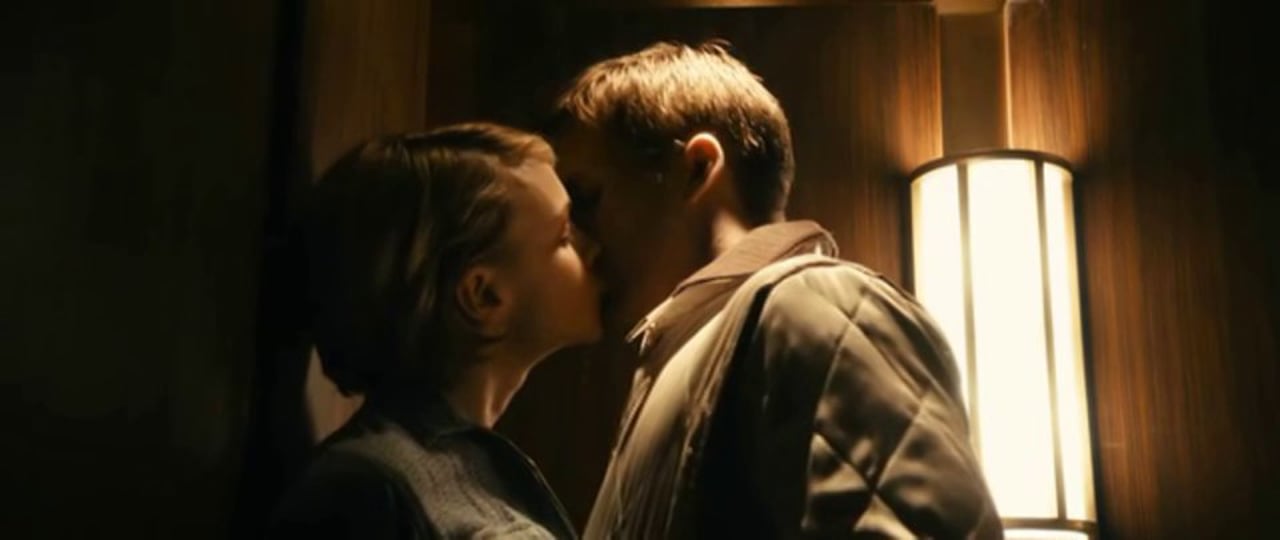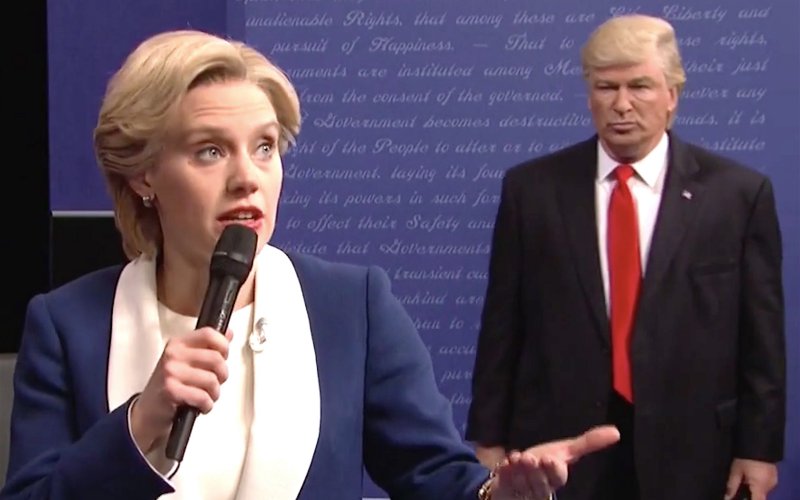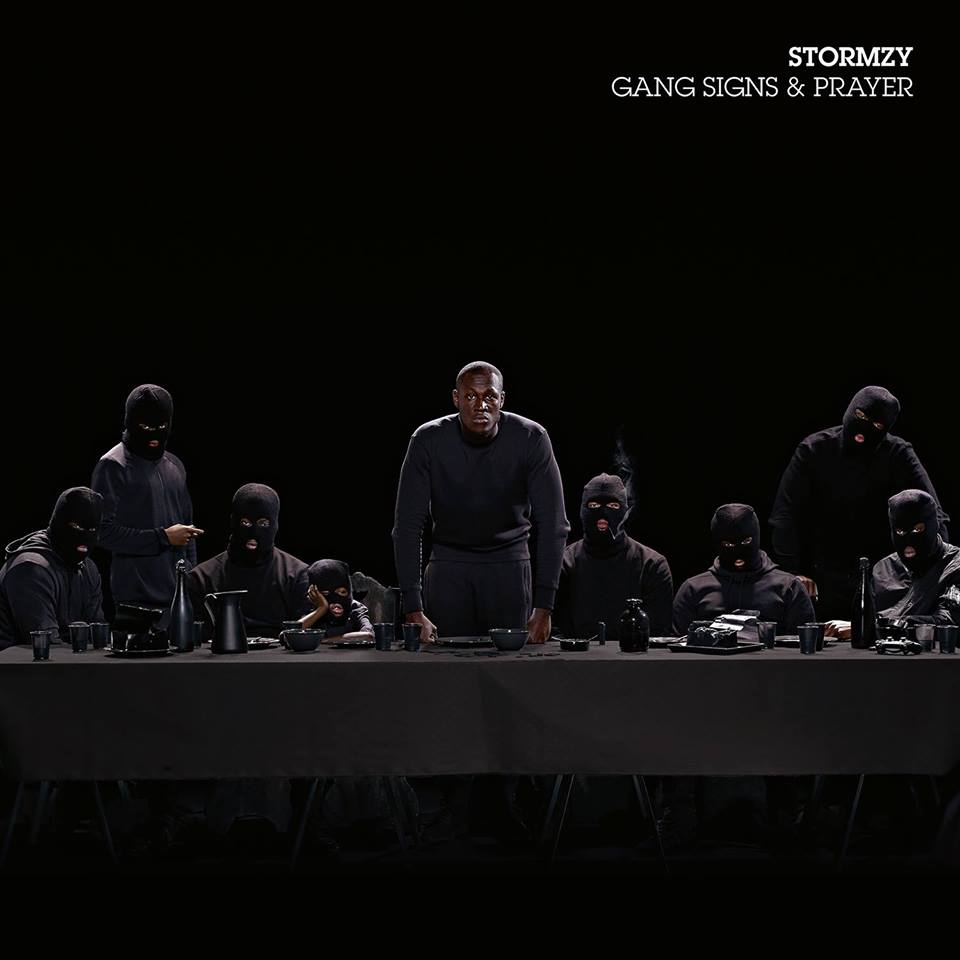Usually after hearing nothing but positive reviews of a film, I watch it with a slight scepticism; scepticism that my reaction won’t match the high expectation set, but Nicholas Winding Refn’s Drive (2011) certainly did not disappoint. It’s a film that without pandering to a certain audience, is utterly assured in its visual style. At times it feels beautifully simplistic in its approach and at others, artistically complex. Refn’s sensitivity to the compositional balance in every shot is present throughout and makes for a truly unique viewing experience. Exciting, engrossing, engaging – for any of its flaws, Drive is undeniably the product of a craft being applied to its highest level.
In the current landscape it feels rare to find a film whereby everything from the mise-en-scene to the sound design seem to function so harmoniously. This is without a doubt the result of Refn’s direction, and the nature in which he is able to establish a firm notion of action that is mirrored both narratively and visually.
The term ‘auteur’ isn’t one that can often be associated currently with mainstream cinema, but I think it definitely applies here. Every shot feels truly unique in its composition, yet entirely consistent with the artistic vision. The vibrant neon pallet of Refn’s frame does more than merely provide a glossy aesthetic; it defines the parameters of a world whereby the central characters are its main concern.
Rather than be visual for visual sake, which a lot of films (albeit impressively) achieve, Refn is clear that his interest lies in character. Many of the shots shared between ‘Driver’ (Ryan Gosling) and ‘Irene’ (Carey Mulligan) are notable for the space that exists between them, or alternatively their one-shots for the space behind or in front of them. Once Irene’s boyfriend ‘Standard’ (Oscar Isaac), the ‘Diabolus Ex Machina’ of the story if you will, enters and disrupts the narrative ark, it’s reflected in the composition of the frame. Its here, in Refn’s design working in conjunction with the characters, rather than around them, where the epithet of his craft lies. Subsequently, the actors feel incredibly present in the scene; something that meaningfully transcends to the audience.
The narrative itself doesn’t contain many surprises, however, the intimacy that characterises the action ensures things remain unpredictable. The biggest payoff of which comes in the form of the elevator scene; a scene so tightly composed that the films central conflict is emphatically surmised in one concluding shot-reverse-shot.
Much recognition must be given to Hossein Amini’s deliberately streamlined adaptation of James Sallis’ novel of the same name. The understated nature of the screenplay ensures a solid base from which Refn is able to impose his directorial flair. Many point to the lack of dialogue in the film as a sign of shallowness, but for me it signals just how effective visual storytelling can be.
For the minimal exposition in the film, I was surprised by the overwhelming coherency that came from everything on-screen. Every cut feels justified as the film manages to intelligently fulfill the demands of its narrative, whilst at the self-same time remaining resolute in its expression of a distinct visual style. The commitment to ensure that all production values serve the narrative is a subtlety of effective filmmaking that I think is under-appreciated, especially with a film like Drive, considering the nameless, archetypal nature of its protagonist. The fatalism of the second half, reminiscent almost of a Greek tragedy, is made all the more effective by the fact that Refn uses montage to move between acts; up keeping with the pace of the drama rather than slowing it.
I’m not claiming Drive to be the best film ever made, just that it’s refreshing to see a director like Refn, someone who clearly understands how image and sound works, being inventive in their storytelling. I don’t consider myself a particular fan of the action genre, but every time I see a film like Drive, I’m more and more convinced that action is done badly in mainstream cinema.
Drive is as effective in its tender moments as it is in its high-speed car chases, and pieces in themselves could easily have been written on its use of colour … or the killer soundtrack. If you haven’t seen it, go check it out, if for nothing else than Ryan Gosling being cool for an hour and a half.




